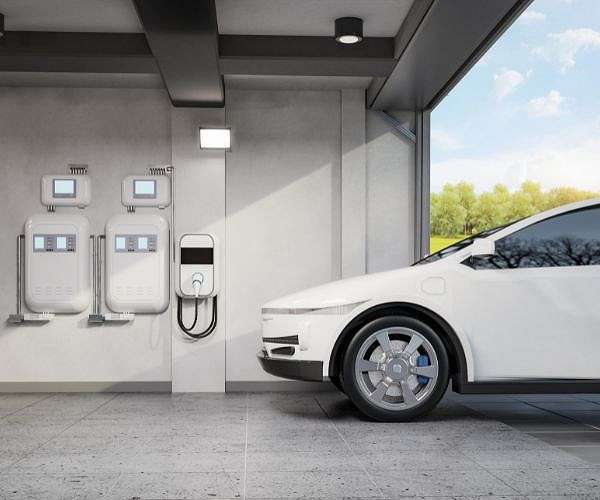The team studied LiNi0.8Co0.1Mn0.1O2 (NCM811), a cathode material used for its high energy density in electric vehicles. Over time, NCM811 loses lithium and accumulates defects that reduce charge capacity. The new process uses a ternary molten salt mixture of lithium hydroxide, lithium nitrate, and lithium salicylate. Heated, this mixture becomes a liquid and enables lithium ions to penetrate the damaged cathode material, reorganizing atoms to their initial structure.
Microscopic analyses showed that the regenerated material achieved a uniform single-crystal structure. The unwanted surface rock salt layer was eliminated. The recycled cathode delivered an initial discharge capacity of 196 mAh/g and retained 76 percent of that capacity after 200 cycles, outperforming many existing recycling methods.
“This process effectively heals the internal and surface damage of the cathode material,” said Fangshu He. “It not only replaces the lost lithium but also restores the ordered layered structure that is key to long battery life.”
The molten salt technique operates at relatively low temperatures and avoids acids or toxic solvents, making it energy efficient and environmentally safe. The researchers suggest it could enable closed-loop battery recycling, converting used batteries directly into high-quality materials for new cells.
Current results are based on laboratory research. The team plans to optimize the method for industrial use and evaluate its full environmental impact. This approach could help lower both the cost and environmental footprint of battery recycling.
Research Report:Molten salt regeneration of single-crystal LiNi0.8Co0.1Mn0.1O2 from end-of-life cathodes
Related Links
Shenyang Agricultural University
Powering The World in the 21st Century at Energy-Daily.com











